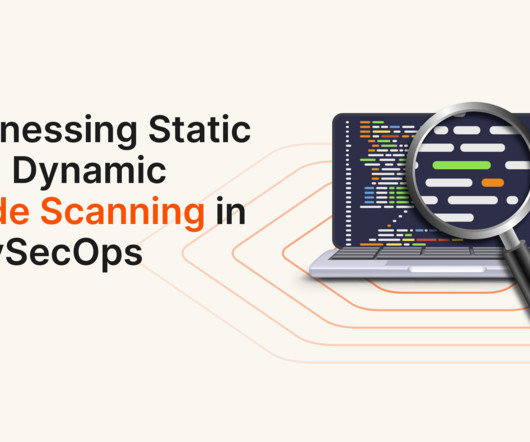What is Zero Trust Architecture?
Pure Storage
MAY 2, 2024
Every user and system, regardless of their location, must authenticate and validate their identity before accessing network resources. Every single new connection attempt should be treated with rigorous authentication and authorization. Identity verification: Multi-factor authentication is a fundamental aspect of zero trust.












Let's personalize your content